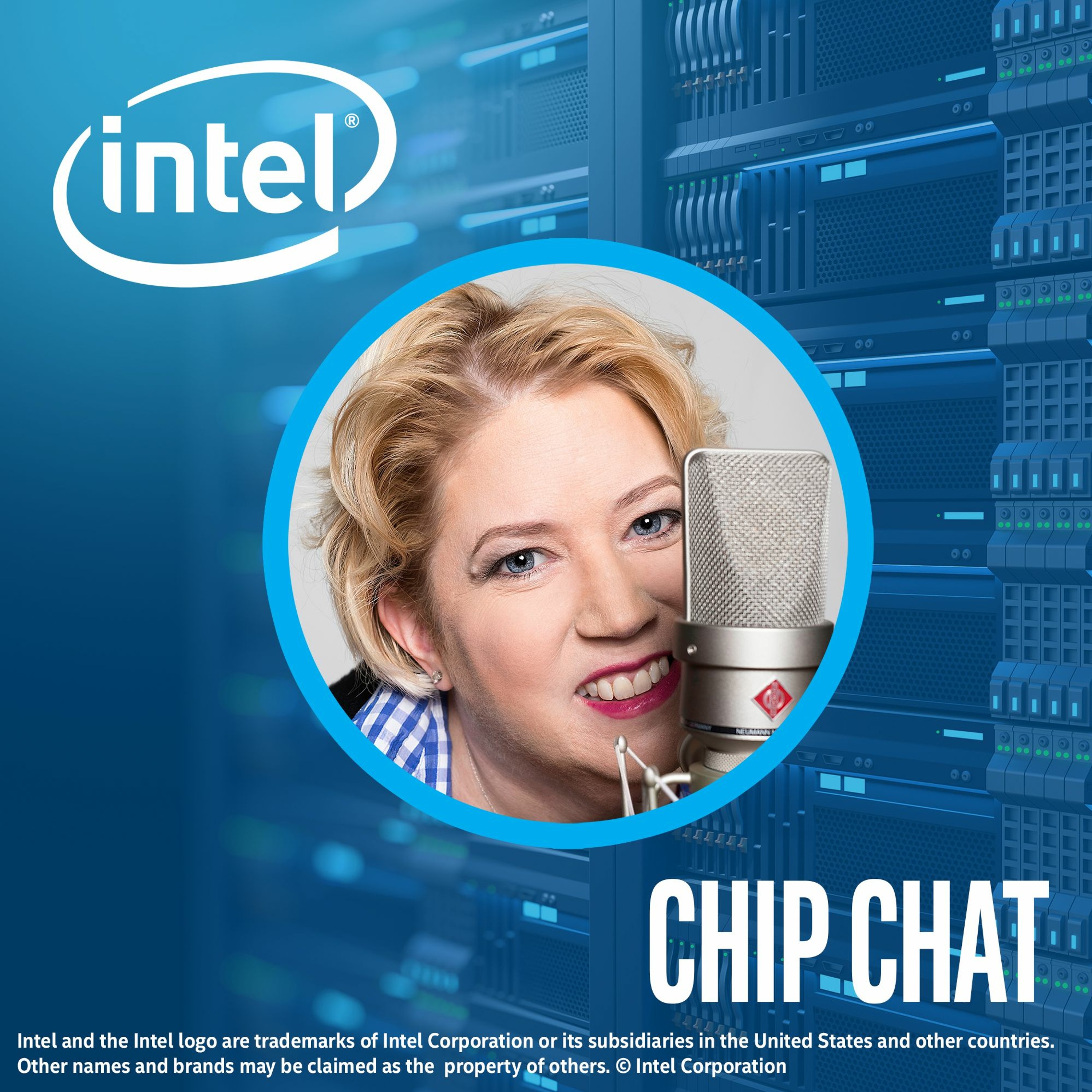- Technology
- SEE MORE
- classical
- general
- talk
- News
- Family
- Bürgerfunk
- pop
- Islam
- soul
- jazz
- Comedy
- humor
- wissenschaft
- opera
- baroque
- gesellschaft
- theater
- Local
- alternative
- electro
- rock
- rap
- lifestyle
- Music
- como
- RNE
- ballads
- greek
- Buddhism
- deportes
- christian
- piano
- djs
- Dance
- dutch
- flamenco
- social
- hope
- christian rock
- academia
- afrique
- Business
- musique
- ελληνική-μουσική
- religion
- World radio
- Zarzuela
- travel
- World
- NFL
- media
- Art
- public
- Sports
- Gospel
- st.
- baptist
- Leisure
- Kids & Family
- musical
- club
- Culture
- Health & Fitness
- True Crime
- Fiction
- children
- Society & Culture
- TV & Film
- gold
- kunst
- música
- gay
- Natural
- a
- francais
- bach
- economics
- kultur
- evangelical
- tech
- Opinion
- Government
- gaming
- College
- technik
- History
- Jesus
- Health
- movies
- radio
- services
- Church
- podcast
- Education
- international
- Transportation
- Other
- kids
- podcasts
- philadelphia
- Noticias
- love
- sport
- Salud
- film
- and
- 4chan
- Disco
- Stories
- fashion
- Arts
- interviews
- hardstyle
- entertainment
- humour
- medieval
- literature
- alma
- Cultura
- video
- TV
- Science
- en
Applying AI to Advance Space Exploration Intel Chip Chat episode 627

In this Chip Chat podcast, Zahi Kakish, a doctoral student focusing on swarm robotics at Arizona State University, joins Shashi Jain, innovation manager at Intel, to talk about some remarkable work that\u2019s emerged from NASA FDL, the space agency\u2019s Frontier Development Lab.\n\nDesigned as an eight-week challenge, FDL is an AI accelerator project set up by NASA Ames, the SETI Institute, and private partners. Its goal? To bring together the best minds in AI and planetary science to tackle challenges facing NASA and the commercial space industry.\n\nThis past summer, with support from Intel principal engineers and an Intel\xae Xeon processor-based server at SETI, Kakish and his FDL team created a planning tool called the Mission Planner for Cooperative Multi-Agent Systems, MARMOT for short. Through the use of IA and machine learning, it enables two semi-autonomous rovers to communicate and work together to solve a task. \n\nWith its collaborative systems and assistive AI, MARMOT delivers a significant performance improvement over missions that employ a single robot with a human operator. It represents a fresh and highly optimized approach to autonomy, and it\u2019s available as open source code.\n\nTo access the code for all NASA FDL projects, visit https://gitlab.com/frontierdevelopmentlab. \n\nAdditional information is available on the FDL site at https://frontierdevelopmentlab.org/.\n\nTo learn about the Autonomous Collective Systems Lab at Arizona State University and their work on swarm robotics, go to http://faculty.engineering.asu.edu/acs/.\n\nMore about Intel\u2019s involvement in FDL is posted on https://intel.com/ai. \n\nTo access Intel AI DevCloud, a cloud hosted hardware and software platform that helps developers, researchers, and startups get started on AI projects, visit https://ai.intel.com/devcloud/.\n\nIntel technologies' features and benefits depend on system configuration and may require enabled hardware, software or service activation. Performance varies depending on system configuration. No product or component can be absolutely secure. Check with your system manufacturer or retailer or learn more at intel.com. \n \nIntel, the Intel logo, and Xeon\xae are trademarks of Intel Corporation or its subsidiaries in the U.S. and/or other countries. \n \n*Other names and brands may be claimed as the property of others.\n \n\xa9 Intel Corporation